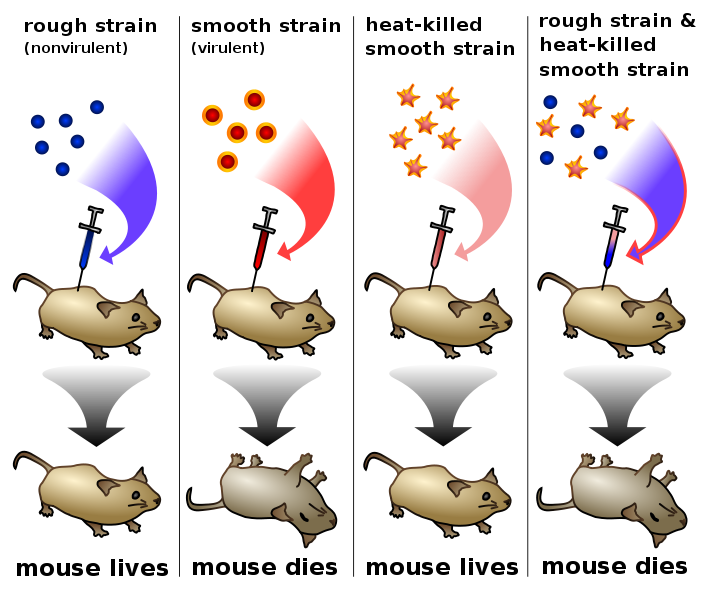The samples are placed inside wells created in the gel and electric field is applied across the gel matrix. The samples will then move in either direction or towards one direction depending on the above factors. What ever the type of electrophoresis, the mechanism and the basis is the same.
There are mainly two types of electrophoresis techniques.
Agarose Gel Electrophoresis
Most frequently used technique is Agarose Gel Electrophoresis. The Gel matrix is made using Agarose, which is a purified form of agar. Agar is extracted from seaweed or by human waste. A buffer is used when making the gel, and the gel is embedded in this buffer at the time of electrophoresis. This will enable the electric current to pass through the solution in the form of ions.
There are three commonly used buffers,
1. Tris - EDTA
2. Tris - Acetate
3. Tris - Borate
Below is a Electrophoresis machine with a casted gel. There are wells created inside the gel. In this example the wells are created near the (-) electrode, because we are using DNA as our samples. But if you are using Proteins, the wells should be created at the center of the gel, because net charge can be either (-) or (+).
Then when loading the samples, our samples have to be mixed with a dye, so that we can observe the movement of samples through the gel. The dye that is been used here moves through the gel equivalent to a nucleotide strand of 200bp.
Then as seen in the picture a voltage should be given to create an electric field, which will enable the samples to move towards the (+) electrode.
This can be used to separate nucleotide strands of 100bp to 20,000bp. It has a limited resolution. (resolution is the ability of the gel to separate nucleotide strands of different lengths clearly). To gain a higher resolution, we can increase the agarose concentration, which will increase the Resistance through the gel. But since the resistance will also increase, the time taken to run the gel will also be increased from hours to days.
After running the gel, we can see the separation under UV light.
For tasks that require higher resolution (greater separation), PAGE (poly acrylamide gel eletrophoresis) is used. PAGE can clearly separate nucleotide fragments to show one base pair (1bp) difference. It is used in tasks like DNA, RNA sequencing.


 Biotechnology over the years have evolved into more sophisticated science and is one of the most talked subjects in the world. No matter what field of biotechnolgy you are involved DNA extraction has same basic principles.
Biotechnology over the years have evolved into more sophisticated science and is one of the most talked subjects in the world. No matter what field of biotechnolgy you are involved DNA extraction has same basic principles.






